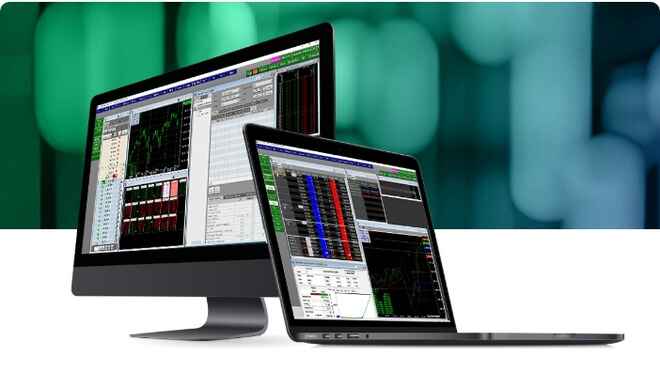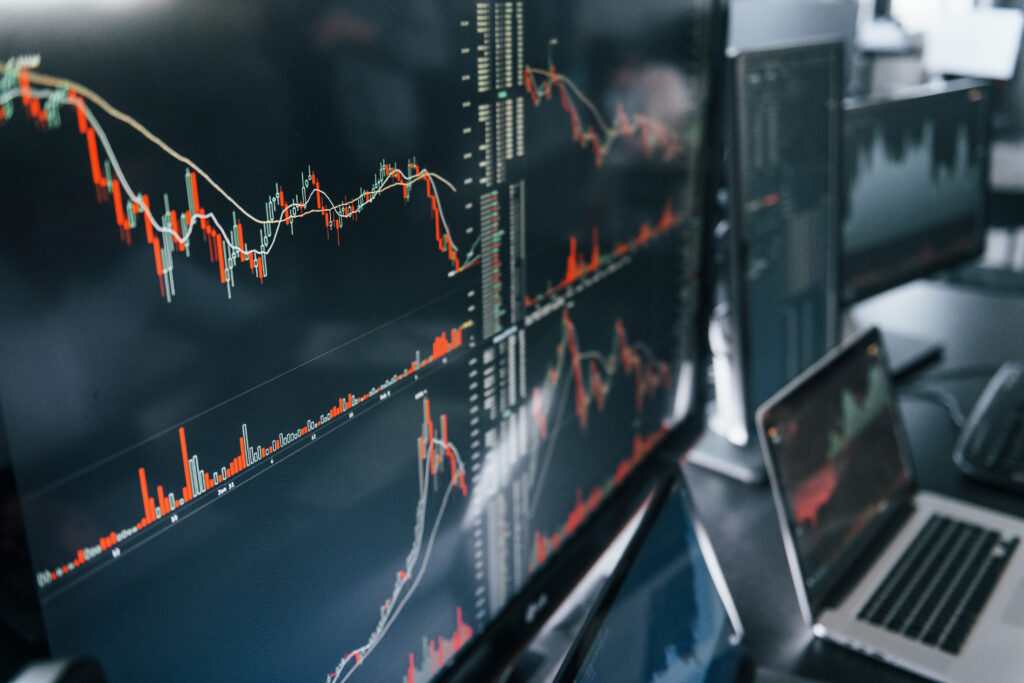Wouldn’t it be great if everything in life had a practice round – a short period where we could test ourselves, without risk, and see if we’re ready for the moment? In futures trading, we’re lucky enough to have exactly that. With a demo trading account, you get to test drive your trading strategies without any real-life consequences. It’s like taking a car for a spin around the block before committing to a purchase. In a live trading account, you now own the car and you’re behind the wheel for real, navigating the markets and making trades that can result in real profits or losses. Let’s take a closer look at some of the key differences between these accounts, and explore the best way to get started.
Demo vs Live Trading Account Differences
A demo account is a trading simulator, where you practice your trading skills using virtual money. You can simulate buying and selling stocks, options, futures, currencies, and more, all without risking a penny. This is a great way to test out your trading strategies and get a feel for how the markets work, without having to worry about losses.
When you open a live trading account, you’re actually investing real money in the markets, and your trades will have real-life consequences. If you make a smart trade, you can potentially make real profits. However, if you make a bad trade, you can also potentially lose real money. So, to sum it up, a demo account is like playing a video game, while a live trading account is like playing for keeps, with no reset button.
How is Execution Different for Demo vs Live Accounts?
There are a couple of key differences here to grasp. Spread is the difference between the bid price and the ask price of an asset, and it’s an important factor to consider when trading. The spread is essentially the cost of executing a trade, and it can have a significant impact on your profits or losses, especially if you’re a frequent trader.
In a demo account, the spreads are often artificially low or even zero to give traders a more favorable trading environment. This is because the goal of a demo account is to provide a simulated trading experience that closely mimics the real market, but with less risk. With low or zero spreads, traders can execute trades more easily and with less impact on their profits.
In a live trading account, however, spreads are reflective of the real market conditions. Spreads can be influenced by a variety of factors, including market volatility, supply and demand, and overall market conditions. As a result, spreads in a live trading account can be wider or narrower than in a demo account, depending on market conditions. This means that the cost of executing a trade can be higher or lower in a live account than in a demo account. When using a live trading account, you’ll also experience slippage, which is the difference between the expected price of a trade and the actual price at which the trade is executed. Slippage can occur when the market is volatile, or when there’s a sudden surge in demand for a particular asset. In a demo account, slippage is not a factor because trades are executed in a simulated environment.
What Are the Benefits of Using a Demo Account in Futures Trading?
First and foremost, demo accounts allow you to practice your trading skills without risk. It’s like having a superpower to trade without any consequences. That’s not the only benefit, however:
- Demo accounts allow you to test out different trading strategies and see how they might perform in real-life market conditions. You can experiment with different approaches and see how they impact your profits and losses.
- They enable you to make mistakes and learn from them, which is a critically important part of becoming a successful trader.
- You can get a feel of how a specific trading platform’s tools and resources work, while still operating with a safety net.
- Demo accounts allow you to remove the emotion from trading. This helps you learn how to devise optimal strategies and avoid the cognitive biases and psychological traps that often ensnare newer traders.
- If you’re a sophisticated trader, you can use a demo account as your own research and development lab, creating exotic trading strategies and testing them.
- You can also sharpen your risk management skills – another key element of successful trading.
When to Transition from Demo to Live Trading?
The answer to this varies from person to person, but here are a few things to consider before making your decision.
Do I Have Enough Trading Experience and Knowledge?
If you’ve been using a demo account for several months and feel comfortable with your trading strategies and the markets, you may be ready to transition to live trading.It’s important to have a solid understanding of the markets and the financial instruments you’re interested in trading. If you feel confident in your knowledge and ability to make informed trading decisions, you may be ready to transition.
Do I Have a Trading Plan?
Before transitioning to live trading, it’s important to have a smart trading plan. This should include your goals, risk tolerance, and strategies for managing your trades.
Am I Financially Stable?
Trading with real money carries real-life consequences, so it’s important to make sure you have a stable financial situation before making the switch to live trading vs paper money trading (or virtual trading).
What is My Comfort Level?
Finally, it’s important to make the transition to real life trading when you feel comfortable and confident in your abilities. If you’re not ready to trade with real money and a live trading account, it’s better to wait and continue practicing with a demo account.
What Makes RJO’s Futures Trading Demo Account Unique?
Now that you’ve learned the difference between trading demo and real account options, it’s time to consider one of the most important decisions you’ll make: Which futures trading platform to use. RJO Futures is a market-leader in futures trading for several reasons. We’re well-established in the industry and have a peerless reputation. Our trading tools are the industry’s best and our trading professionals have the experience and domain expertise to help you every step of the way. RJO offers free demo accounts with $100K in simulated cash plus live market data and execution. It’s the closest you’ll get to the real thing – and we urge you to reach out to us today to learn more.


